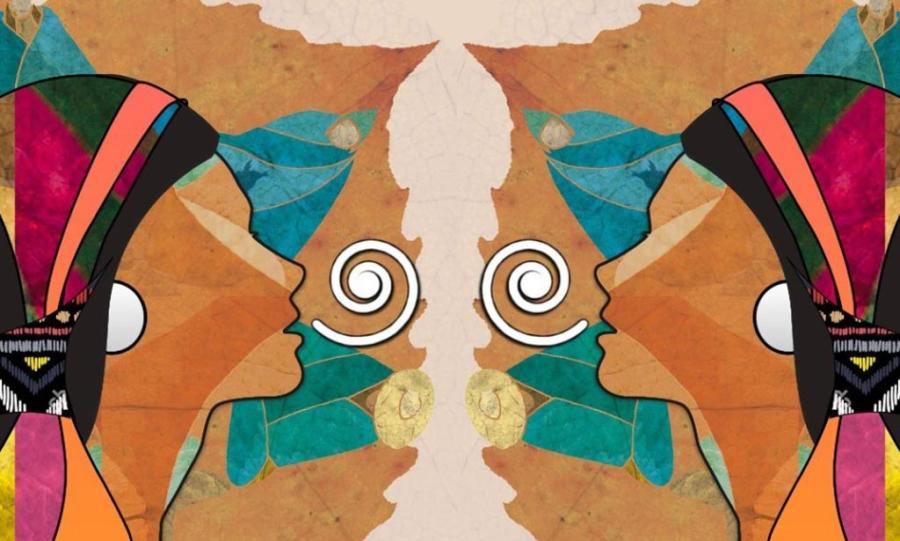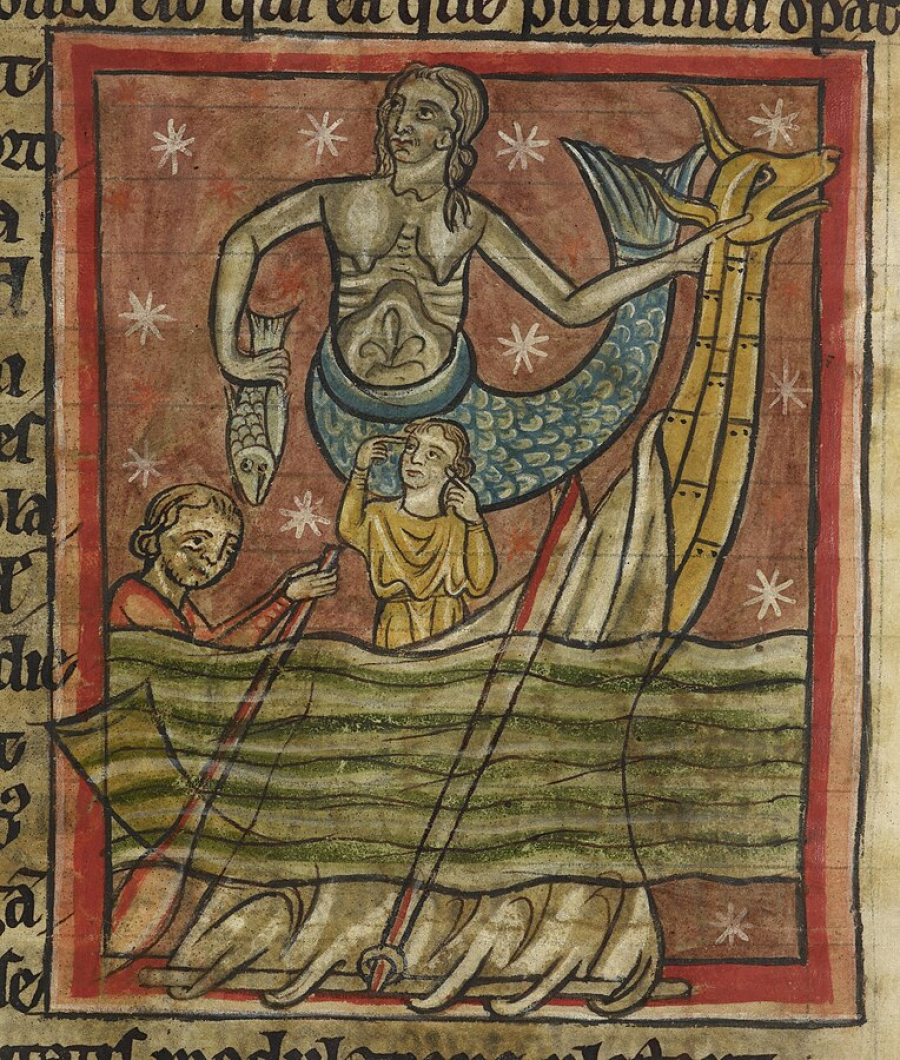The idea of gathering things, normally beautiful things, together and putting them on display is very old. Babylonian kings had their private collections in the sixth century BC. The emperors of China and royal personages in other parts of the world certainly had collections of their own. The idea of a museum, however, comes to us from the Greek word museion, which did not originally refer to a collection. Instead it indicated a seat of the muses, a place for philosophical contemplation or for artistic performances. The great museion at Alexandria in the third century BC, for example, possessed a library and a college of scholars, so that it was more like a university than what we now think of as a museum. It was nevertheless the collection and display of objects d'art that soon came, in the West at least, to be thought of as the principal function of what were beginning to be called museums. General museums, science museums and ethnographic museums, intended to give their visitors information about the different cultures of humankind, all came much later.
It was the enlightenment with its scientific and encyclopedic ambitions that ushered in the age of museums in the west. As early as 1565 Samuel van Quicheberg argued that collections should be gathered and displayed in a way that would offer a systematic classification of all the materials in the universe. Not everyone was quite that ambitious, but collectors soon started to gather objects from all over the world in order to lay the basis for a kind of natural history of the globe. One of the earliest collections of such curiosities was earliest collections of such curiosities was donated by Elias Ashmole to Oxford University and became in 1683 the Ashmolean Museum.
It was in the 19th century that museums really came into their own. The sprit of rationalism and scientific inquiry that came to prominence in the 18th century to classifying the materials flowing back from the colonies to the capital cities of the European powers. It now seemed to make sense to establish museums that put humankind on display. So a Museum of Mankind (later to become the British Museum) was set up in London, a Musée de l'Homme in Paris, a Museum für Völkerkunde (the study of peoples) in Berlin. The Dutch more modestly called their major museum the Tropenmuseum or Tropical Museum, which made clear what was only implied n the other museums, namely that Europeans and Euro-Americans would do the classifying and that other peoples would be on display. Europeans and their ways of life were not part of the exhibitions in these ethnographic museums. They appeared, if at all, in historical museums established for nationalistic purposes by people such as Hungarians, Czechs and others who wished to emphasize their own separate identities within the Austro-Hungarian Empire.
The "scientific" approach of 19th century museums led to the objectification of other peoples and their cultures who were often portrayed virtually as part of the flora and fauna of their regions of the world. One of the most tragic examples of this attitude was the fate of Truganini, a woman who considered herself the last of the native inhabitants of Tasmania. Truganini, who had seen how the white man treated her people as specimens for scientific study, begged that her physical remains should be treated respectfully after her death. Her wish not granted and her body was sent back to London in formaldehyde for scientific analysis. Almost a century later the Premier of Tasmania, now a state of Australia, committed Truganini's remains to the sea near home in an act of symbolic atonement for the previous violation of her human dignity.
The ceremonial burial of Truganini symbolized a change in attitude on the part of those who had traditionally studied other peoples and put them on display. Such exhibits are no longer acceptable. The world has lost faith in the enlightenment project and we no longer believe that other people's ways of life can(or should) be classified and exhibited like beetles in a display case. Moreover the waning of colonialism is evaporating the distinctions between the powerful who do the classifying and the powerless who must accept being classified. The presentation of a people's way of life is now recognized as being a process of interpretation in which the people being presented will want to join, but this does not of itself solve the problem of how to portray them. There may be passionate debates among the people to be portrayed as to how they wish to seen, especially when questions of national and local identity are being so ardently contested. Alternatively, different visions of a people's life be presented almost simultaneously by different groups among them. The article in the issue by the Watsons movingly describes the contrast between the vibrant activity that used to take place in the ancestral hall of the village of San Tin in Hong Kong's New Territories and the current status of the hall as a comparatively moribund museum and tourist attraction. The article on the rebuilding of the museum in Seoul shows how the process in intimately involved with Korea's national identity. The museum in Sarawak, however, presents an unexpected twist. There the local people have accepted the colonial imagery of themselves in order to protect their identity as district from the Muslim mainstream in the state of Malaysia, of which Sarawak is now a part. Meanwhile the articles on the Maya, Zuni, and Cherokee exhibits discuss the difficulties of deciding exactly which traditions are to be portrayed, by whom, for whom and related to which place and which histories. Clearly museums have come a long way since the days when their directors dreamed of classifying all the ways of human life. Their exhibits still provide a commentary on what it means to be human, but it is a commentary based on radically different premises, for it emerges from a dialogue between people and seeks that we all share the same moral universe.
Article copyright Cultural Survival, Inc.



